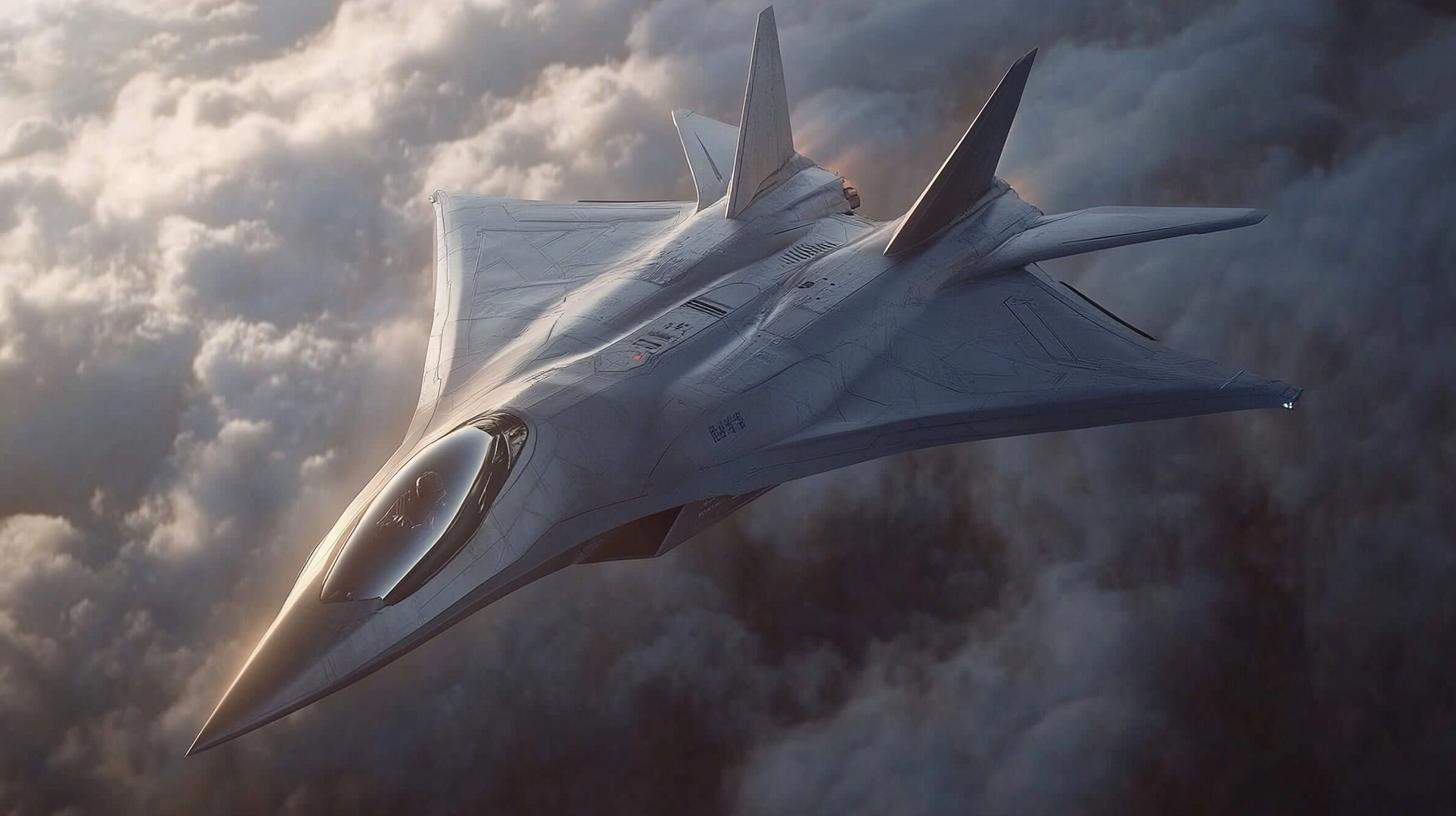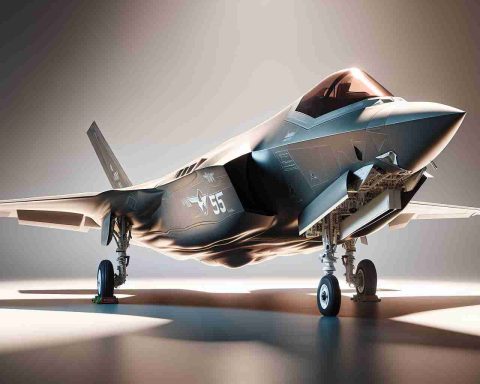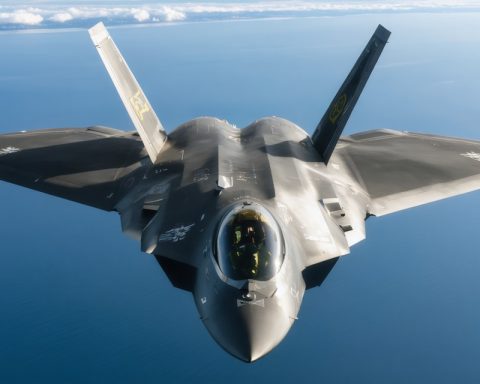In an impressive show of military technology, China’s J-15T fighter jet has made headlines with its arrival at Zhuhai Jinwan Airport for the 15th China International Aviation and Aerospace Exhibition. This advanced version of China’s first carrier-based fighter is equipped for catapult launches, showcasing China’s burgeoning naval aviation capabilities.
Touching down on November 6, the fighter jet was quickly serviced by teams from AVIC, China’s premier defense entity. The sleek light gray aircraft drew significant interest online, with defense analysts praising it as one of the most sophisticated iterations of the Flanker series.
The Zhuhai Airshow, set from November 12-17, marks the first occasion for the People’s Liberation Army Navy to feature its aircraft at this globally recognized exhibition. The J-15T is based on the Soviet Su-33, but stands out due to its capability for catapult-assisted takeoffs, unlike existing J-15 models operating from ski-jump carriers like the Liaoning and Shandong.
The advanced J-15T is anticipated to operate on the Fujian, China’s state-of-the-art carrier equipped with electromagnetic launch systems, capable of enhancing the efficiency and frequency of aircraft launches. The unveils come on the heels of a Chinese naval exercise in the South China Sea, which introduced two other J-15 variations: the multirole J-15B and the electronic warfare J-15D.
Sporting the PLAN’s operational colors, the J-15T features innovations like modified wingtip pylons and reinforced landing gear for catapult operations. The Fighter’s debut at this event aligns with China’s strategic elevation in aerial combat prowess, asserting itself strongly on the global defense stage.
Can China’s J-15T Fighter Jet Transform Global Naval Aviation Dynamics?
In recent news, China’s J-15T fighter jet made a sensation by participating in the 15th China International Aviation and Aerospace Exhibition. However, what’s particularly intriguing are the broader implications of this development for global naval strategies and the ripple effects on regional and international scales.
Global Military Balance: A Shift in the Making?
The debut of the J-15T jet signifies a significant shift in the global military balance. The jet’s capability for catapult-assisted takeoffs implies a leap forward in China’s naval aviation technology. As the J-15T is anticipated to operate on China’s electromagnetic launch system-equipped Fujian carrier, this boosts China’s ability to project power across the globe. This technological leap could lead to a recalibration of naval strategies by other major powers, particularly the United States, which maintains a strong naval presence in the Pacific.
Implications for Regional Powers
For neighboring countries around the South China Sea and the broader Pacific region, the introduction of the J-15T adds a new dimension to the already complex security landscape. Countries with competing claims and defense interests in the South China Sea, such as the Philippines and Vietnam, may feel a heightened sense of urgency to bolster their own military capabilities or seek stronger alliances.
Technological Advancements versus Operational Readiness
While technological advancements, such as those seen in the J-15T, are impressive on paper, operational readiness remains a critical question. How effectively these new fighter jets will perform in actual carrier operations is yet to be fully assessed. China must undertake rigorous training and evaluation processes to ensure that its pilots and crew can handle these advanced systems seamlessly.
Strategic Importance of the Zhuhai Airshow
The inaugural participation of China’s People’s Liberation Army Navy at the Zhuhai Airshow marks a potential shift in China’s approach to military transparency and international engagement. By showcasing its advanced technology, China might aim to position itself as not only a regional power but a formidable global military force. However, transparency in exhibition does not necessarily translate to transparency in strategic intentions, which remains a concern for other nations.
Advantages and Disadvantages
One of the chief advantages of the J-15T’s capabilities is the enhancement of China’s force projection, allowing quicker and more frequent aircraft launches. This efficiency may provide strategic military flexibility in both peacetime operations and wartime scenarios.
On the downside, this rapid advancement in military capability could exacerbate regional tensions. Increased military strength can prompt neighboring states to enter an arms race, destabilizing the region further. There is also a substantial financial cost associated with developing and maintaining such advanced technologies, potentially diverting funds from domestic priorities.
What’s Next?
– How will international powers react to China’s growing naval aviation capabilities? This is likely to provoke discussions on the need for multilateral treaties or informal agreements to prevent an arms race in the Pacific.
– Can this lead to enhanced collaborations or partnerships in the Pacific region? Countries may seek partnerships or alliances to counterbalance China’s assertiveness, leading to a possible restructuring of current alliances.
For more insights into global military strategies and technology advancements, you might explore Global Firepower.












